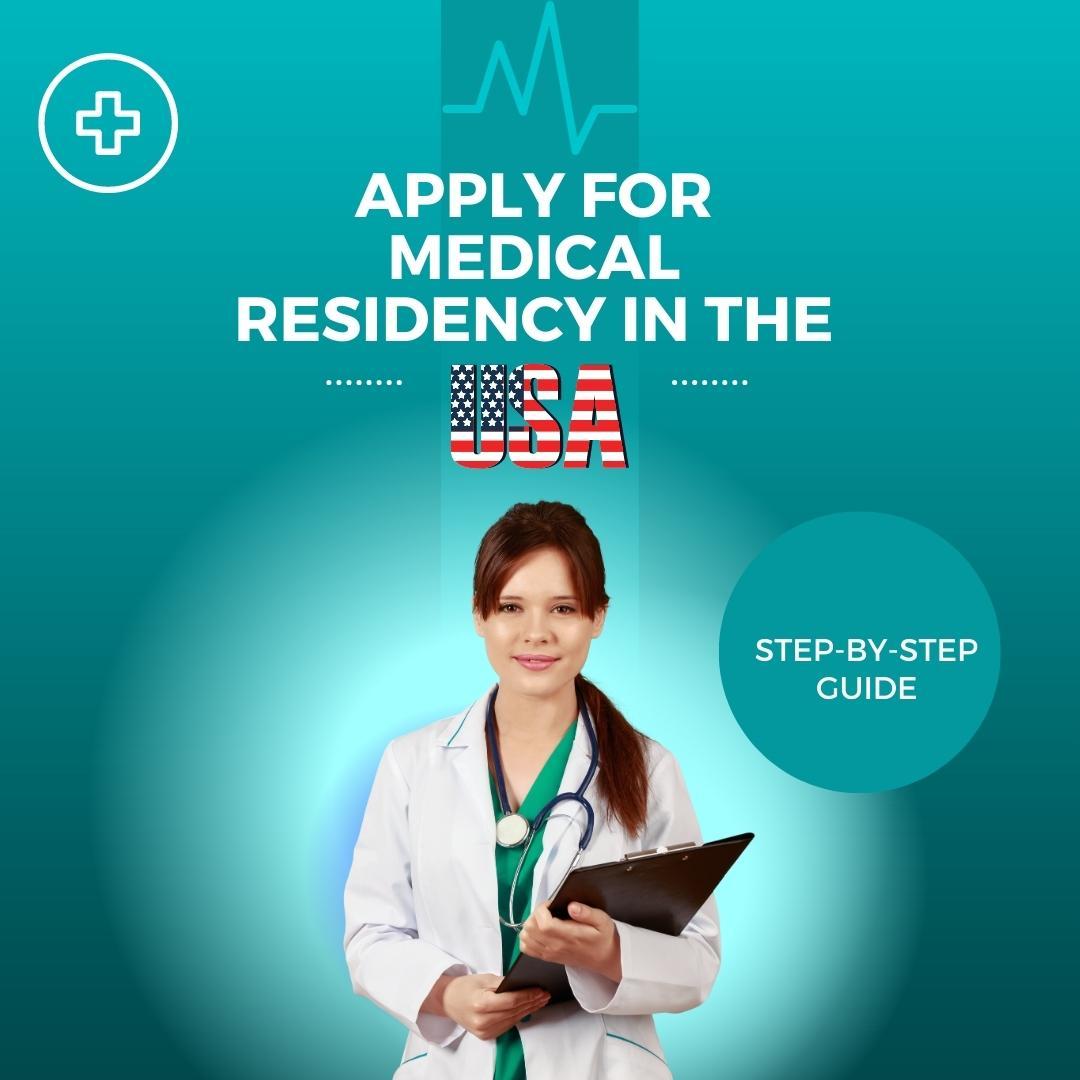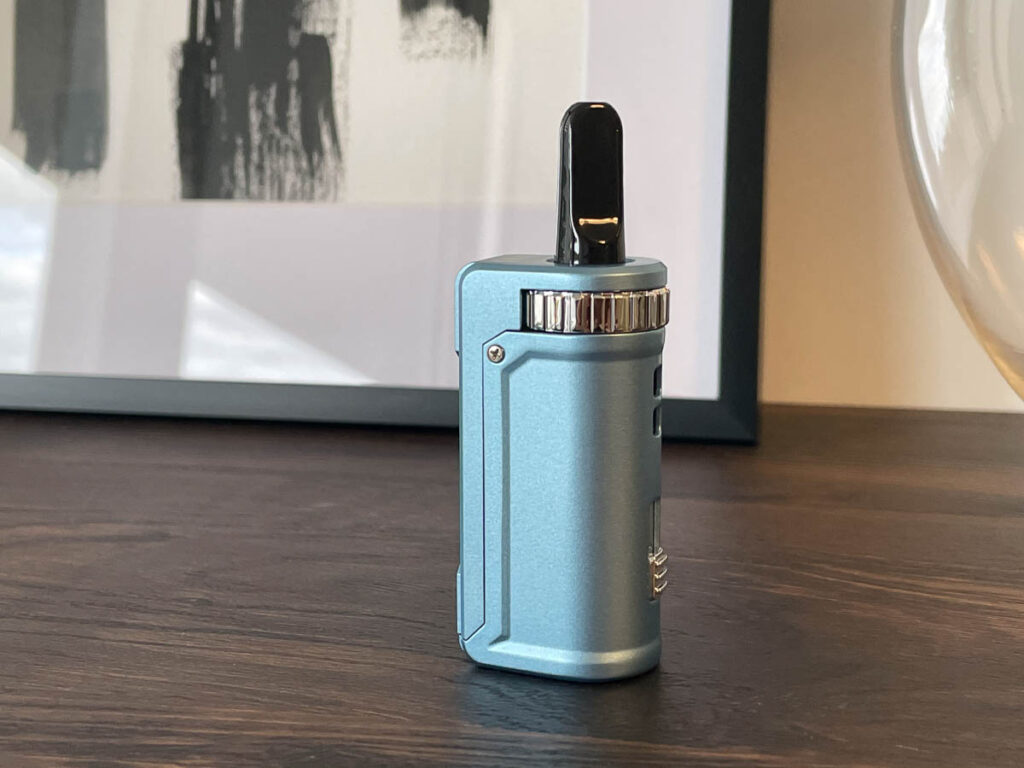
Introduction
Are you a medical professional in the United States? Looking to take that next critical step in your career? Look no further than medical residency! This specialized training and experience offer the chance to hone your skills in your chosen field of medicine. But beware, the application process is highly competitive and requires careful planning and attention to detail. Don’t worry, we’ve got you covered! Here are the general steps you’ll need to follow to apply for medical residency in the USA.
Step 1: Meet the Basic Requirements
To become a qualified medical resident in the USA, you must meet several basic requirements to ensure that you are eligible for residency programs. Meeting these requirements is crucial to avoid being rejected from the programs you apply for. Here are the basic requirements you must meet:
Firstly, you must pass all USMLE exams, including Step 1, Step 2 CK, Step 2 CS, and Step 3. These exams are required to demonstrate your knowledge and skills in medicine and are essential for obtaining a license to practice medicine in the USA. Getting professional help from a doctor / tutor is recommended to pass USMLE exams, this will not only save your time but cost as well. Additionally, you must attain board eligibility, which is achieved by completing an accredited residency training program in your chosen specialty. This is an important requirement because it signifies that you have received the necessary training to practice in your specialty.
Furthermore, gathering strong letters of recommendation is an essential part of the application process. These letters should be from individuals who have worked with you closely and can attest to your abilities, skills, and character. Having experience in ambulatory care settings is also a requirement for some programs. This experience demonstrates your ability to manage patients’ care in an outpatient setting, which is critical for many medical specialties.
Lastly, you must have a medical degree from an accredited institution. This degree is a requirement for all medical residency programs in the USA.
It is also important to note that you must be a permanent resident or hold an accepted visa status to be eligible for medical residency programs. Some common visas include J-1 and H-1B visas for international students. You should ensure that your visa status meets the requirements of the residency program you wish to apply for.
Step 2: Research Residency Programs
Researching residency programs is a vital step to becoming a qualified medical resident in the USA. To begin with, it is advisable to start your search at your medical school’s career services office. The office can provide inside information and help you navigate the process, ultimately giving you a better chance of being accepted into a residency program.
Additionally, prospective residency applicants can use the American Medical Association’s FREIDA (Fellowship and Residency Electronic Interactive Database Access) database to find accredited programs tailored to their specific needs. This database is an essential tool for applicants because it allows for the filtering of program types and applications. By using this database, you can assess and select residency programs that match your specific requirements, making the application process smoother and less time-consuming.
When evaluating potential residency programs, there are several factors to consider. One of the most important is the work schedule of the program. You want to ensure that the program fits well with your professional goals and lifestyle needs. Some residency programs require extensive hours while others offer better flexibility in scheduling.
Other important factors to consider include the benefits package offered by the program, the program type, and various opportunities for further professional development. Knowing what you are looking for in a residency program and what factors are most important to you can help you make an informed decision when choosing a program to apply to.
Step 3: Prepare Your Application Materials

After researching and selecting the residency programs that best meet your specific requirements, the next step is to prepare your application materials. The application process can be highly competitive, so it’s crucial to ensure that your application stands out amongst the rest.
Your application materials should include a personal statement, a curriculum vitae (CV), and letters of recommendation. Take the time to carefully prepare each of these documents and ensure that they are free of any grammatical errors or typos. Your personal statement should be well-written and compelling, highlighting your unique qualities and experiences that make you an ideal candidate for the residency program you are applying for. Your CV should showcase your academic achievements, clinical experience, research projects, and other skills and accomplishments that make you stand out.
It’s important to note that different residency programs have varying requirements regarding the specific application materials they accept and their formatting guidelines. Make sure to follow all instructions carefully to avoid any delays or rejections.
When selecting the residency programs to apply to, consider their requirements, deadlines, and visa sponsorship. You should also take into account the cost of applying to additional programs, as applying to more programs will result in extra fees. To help streamline the application process, consider using resources like the Electronic Residency Application Service (ERAS) website and Residency Programs List. These resources can help you find the programs that best match your goals and qualifications.
Finally, it’s essential to start preparing for the United States Medical Licensing Examination (USMLE) exams right away. The USMLE exams are prerequisites for obtaining a medical residency in the USA. By starting your preparation early, you increase your chances of achieving a high score, which can improve your candidacy for residency programs.
Step 4: Submit Your Application
Once you have carefully prepared your application materials, the next step is to submit your application through the Electronic Residency Application System (ERAS). To get started, you will need to register with ERAS using the residency token obtained from the Educational Commission for Foreign Medical Graduates (ECFMG).
The ERAS application process requires you to complete a Common Application Form, which includes a standardized CV template, a personal statement, a photo, and a transcript of your medical education. You will also need to provide a minimum of three letters of recommendation from healthcare professionals who have worked with you, and it is crucial to ensure that these letters are strong and highlight your skills and experience.
In addition to the required documents, you should include details of your teaching experiences, academic memberships, and extracurricular activities. By doing so, you can showcase your unique background and demonstrate how it can add value to the residency program.
When submitting your application, it’s essential to designate the residency programs that you want to apply to carefully. You should research and select the programs that are the best match for your career goals, location preferences, and other requirements. Consider visa sponsorship requirements, program reputation, and program requirements when making your decision.
Once you have designated the programs you wish to apply to, you should submit your application online through the ERAS system. Your application materials will be made available to programs electronically via ERAS, and program directors can review your application, scores, and other documents to determine your suitability for their program.
Step 5: Participate in Interviews

After submitting your application through ERAS, the next step towards obtaining a medical residency in the USA is participating in the interview process. The interview season usually takes place in the fall and winter months of your final year, and it’s crucial to keep track of your schedule to avoid missing any important appointments.
To give yourself the best chance of success during interviews, it’s crucial to prepare yourself thoroughly. This means knowing what to expect from the interview process, researching the program you’re applying to, and dressing professionally. Arriving on time is also essential to make a good first impression and show that you are a reliable candidate.
During the interview, you will have the opportunity to demonstrate your compatibility with the program and showcase yourself as an ideal candidate. It’s crucial to focus on the program’s educational and career goals and personal preferences while remaining respectful and professional throughout the process.
Finally, it’s important to know how to convey your preferences for residency programs in the form of a “rank order list.” This is a list of the residency programs you’ve interviewed with, ranked in order of preference. It’s crucial to consider this list carefully, as it will ultimately determine your placement within your preferred residency program.
Step 6: Rank Your Preferred Residency Programs
As you near Match Day, it’s crucial to have a clear idea of your preferred residency programs and how to rank them. This can help you avoid unnecessary stress and confusion and ensure that you end up with a placement that satisfies both your personal and professional goals.
When creating your rank order list, consider the factors that are most important to you. This includes the location of the program, its reputation, clinical volume, research opportunities, board eligibility, and specialty track. These factors can help you narrow down your options and create a shortlist of programs that fit your unique goals.
It’s important to remember that the residency interview process is a two-way street: just as the program directors are evaluating you as a candidate, you should evaluate the programs to see whether they align with your priorities and needs. Therefore, only apply to programs that you would be willing to attend and are a good fit for you.
Once you have your shortlist, it’s time to create your rank order list. Do this carefully and thoughtfully, putting your preferred programs in order of importance. Keep in mind that your rank order list will ultimately determine your placement within the residency program, so it’s important to consider all of your options thoroughly.
Step 7: Match Day
After submitting your rank order list, the final and most anticipated step of the residency application process is Match Day. This is the day when the National Resident Matching Program (NRMP) releases the list of matched candidates based on the rank order lists submitted by both the applicants and the residency programs.
If you are matched with a residency program, congratulations! You will need to contact the program as soon as possible to accept the offer and discuss any further requirements or paperwork that needs to be completed. It’s important to keep in mind that Match Day is just the beginning; residency training will require your full attention and dedication.
On the other hand, if you are unmatched on Match Day, there is still hope. The NRMP conducts a post-residency Supplemental Offer and Acceptance Program® (SOAP®) for unmatched candidates. Through this program, you will have a second chance to apply for unfilled positions. The SOAP® process requires quick and decisive action, so be sure to research available programs and follow the instructions carefully.
If you are matched, the next step is to contact your residency program and accept the offer. Before you start your residency training, you may need to complete various paperwork and meet certain requirements. Make sure to stay organized and keep track of deadlines to ensure a smooth transition into your residency training.
In summary, Match Day is the culmination of your hard work and dedication throughout the residency application process. If you are matched, congratulations! If not, don’t give up hope just yet as there are still opportunities available through the SOAP® process. Regardless of the outcome, it’s important to stay positive and prepare for the next step of your medical career.
Conclusion
Applying for medical residency in the USA is a complex process that requires careful planning and attention to detail. By following these general steps, you can increase your chances of success in the highly competitive world of medical residency. Remember, the residency program you choose will have a significant impact on your career as a physician, so it’s essential to choose wisely. Good luck!







